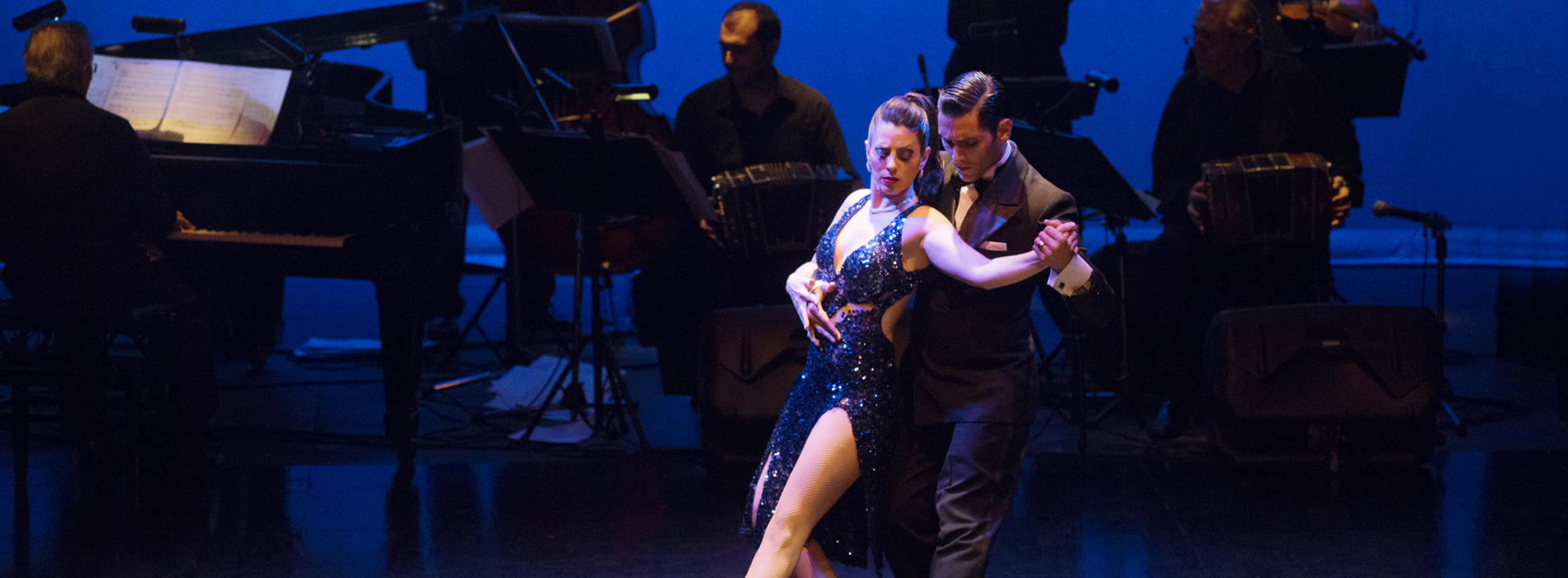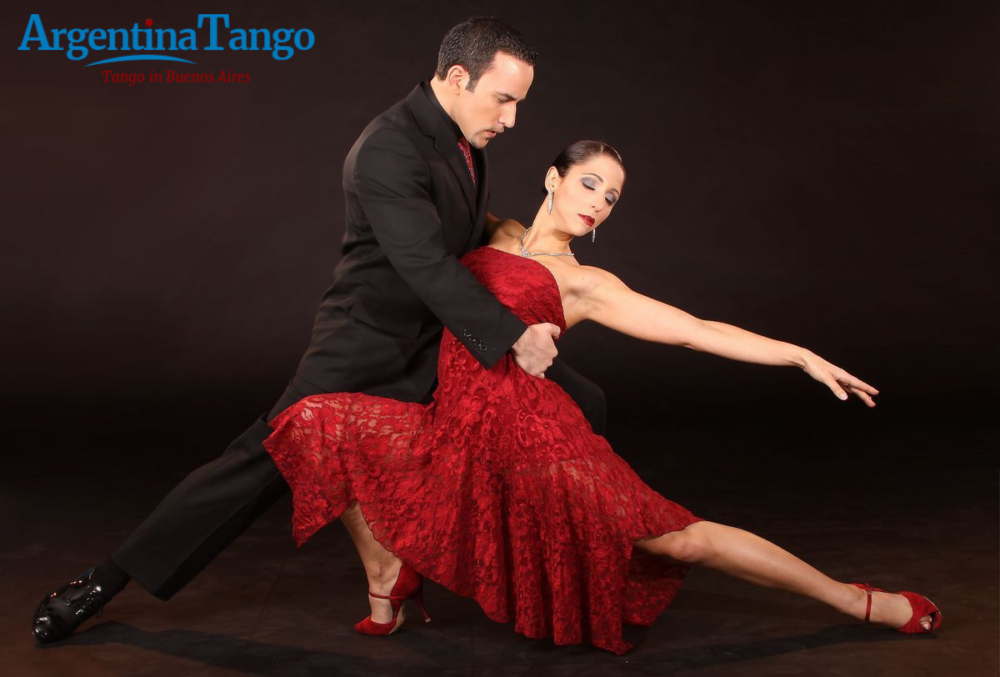- Tango Regular
- Tango Intensive
- Women Tango
- Group Tango Tour
- Tango Experience
- Tango & Buenos Aires
- 3-Day Weekender (3 Days & 2 Nights) Package
- 4-Day (4 Days & 3 Nights) Package
- 5-Day (5 Days & 4 Nights) Package
- 1-Week (7 Days & 6 Nights) Package
- 10-Day (10 Days & 9 Nights) Package
- 10-Day (10 Days & 9 Nights) With Iguazu Falls Extension Package
- 2-Week (14 Days & 13 Nights) Package
- 2-Week (14 Days & 13 Nights) With Iguazu Falls Extension Package
- Holiday in Argentina
- 5 Day Buenos Aires Holiday (5 Days & 4 Nights)
- 1 Week Buenos Aires Holiday (7 Days & 6 Nights)
- 10 Day Buenos Aires Holiday (10 Days & 9 Nights)
- 10 Day Buenos Aires Holiday + Iguazu Falls Extension(10 Days & 9 Nights)
- 2 Week Buenos Aires Holiday (14 Days & 13 Nights)
- 2 Week Buenos Aires Holiday + Iguazu Falls Extension (14 Days & 13 Nights)
- Blog
-

Blog

0 Comments | 23 Sep 2024
The History of Tango: From Argentina to the World
Tango is more than just a dance; it’s a cultural phenomenon that has captivated audiences worldwide. Its roots lie deeply embedded in Argentina, where it first emerged in the late 19th century. This article explores the fascinating history of tango and how it became a global sensation.
The Origins of Tango
Tango originated in the neighborhoods of Buenos Aires in the late 1800s. It was born from a blend of different musical styles, including African rhythms, European melodies, and the sounds of immigrants. The working-class communities in Buenos Aires created this passionate dance as a form of expression.
As immigrants from Spain, Italy, and other countries arrived, they brought their musical traditions with them. This fusion gave rise to the unique sounds of Argentine tango. The dance was initially performed in bars and dance halls, where men often danced with each other, as they sought to impress the women watching.
The Evolution of Argentine Tango
In the early 20th century, tango began to gain popularity beyond its working-class roots. It spread to the upper classes and eventually made its way to Europe. By the 1910s, tango had taken Paris by storm, where it was embraced by artists and intellectuals. This exposure helped shape the dance into the romantic and dramatic form we know today.
The music also evolved during this time. Iconic composers like Carlos Gardel helped to popularize tango songs, which often featured themes of love, loss, and longing. These melodies became the heart of tango culture and contributed to its widespread appeal.
Tango in Argentina Today
Today, tango is synonymous with Argentina. It is celebrated through various forms, from traditional milongas to contemporary performances. Buenos Aires is home to some of the best tango shows in the world. Venues like Café Tortoni and Esquina Carlos Gardel showcase stunning performances that leave audiences mesmerized.
For those looking to experience tango firsthand, numerous tango classes in Argentina are available. These classes cater to all skill levels, whether you’re a complete beginner or an experienced dancer. Learning tango allows you to immerse yourself in the culture and connect with its rich history.
Argentine Tango Holidays
For many, a trip to Argentina is incomplete without experiencing tango. Argentine tango holidays offer a perfect blend of dance, music, and cultural exploration. Tour packages often include tango lessons, dinner shows, and visits to historic milongas. Travelers can dance under the stars, surrounded by the vibrant energy of Buenos Aires.
Tango festivals also attract dancers and enthusiasts from around the globe. Events like the Buenos Aires Tango Festival celebrate the art form with competitions, performances, and workshops. These gatherings foster a sense of community and allow participants to learn from the best in the business.
Tango Goes Global
As tango spread across the world, it underwent various adaptations. Different countries added their flavors, leading to new styles and interpretations. Tango now has a significant presence in Europe, North America, and Asia, where it continues to evolve.
The global fascination with tango has sparked interest in its history and techniques. Many dance schools worldwide offer tango classes, making it accessible to a broader audience. This international embrace of tango demonstrates its universal appeal.
Conclusion
The journey of tango from the streets of Buenos Aires to the world stage is a testament to its enduring power. With its rich history and cultural significance, tango in Argentina remains a cherished tradition. Whether you attend the best tango shows in Buenos Aires or take tango classes in Argentina, you will be part of something truly special.
Tango’s passionate embrace continues to draw people in, allowing them to connect with its rhythm and story. So, step onto the dance floor and let the spirit of tango take you on a journey through time and culture.








